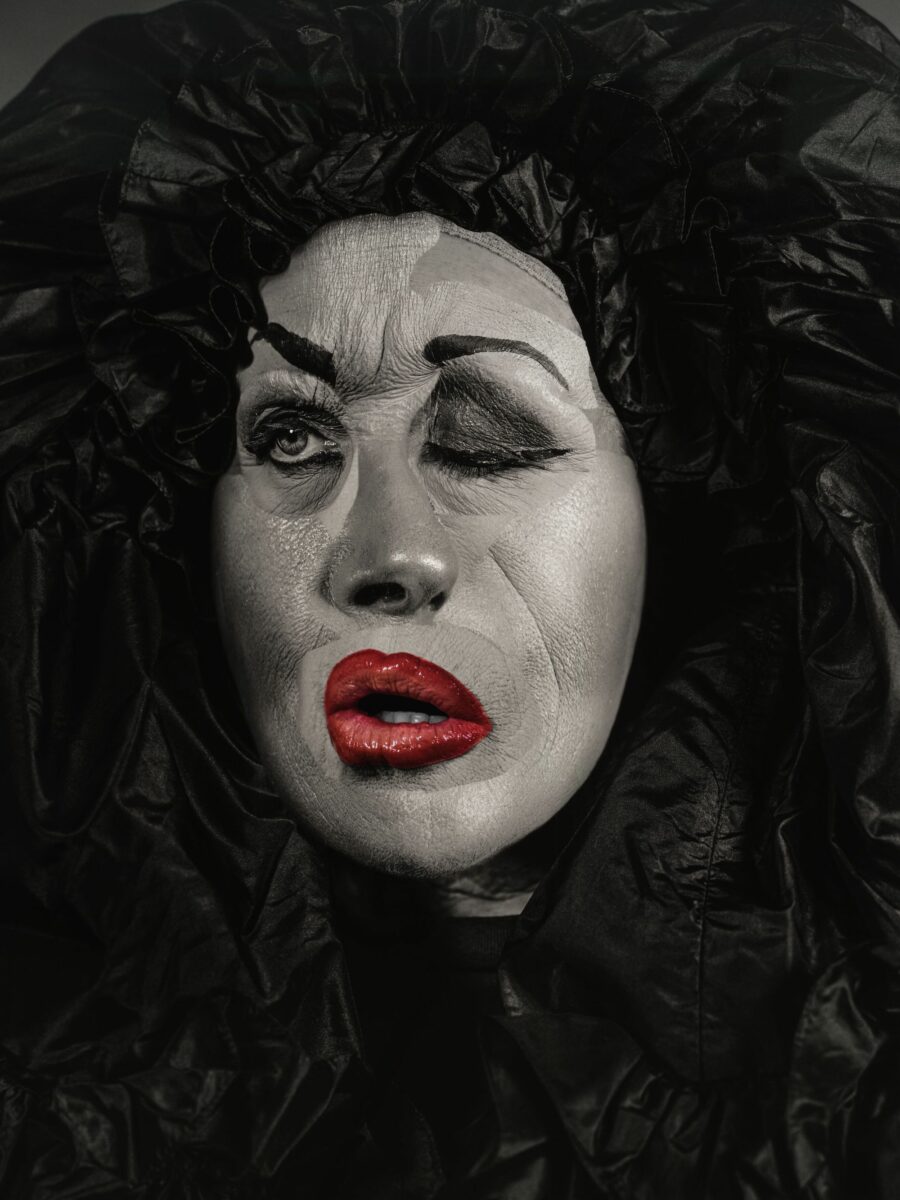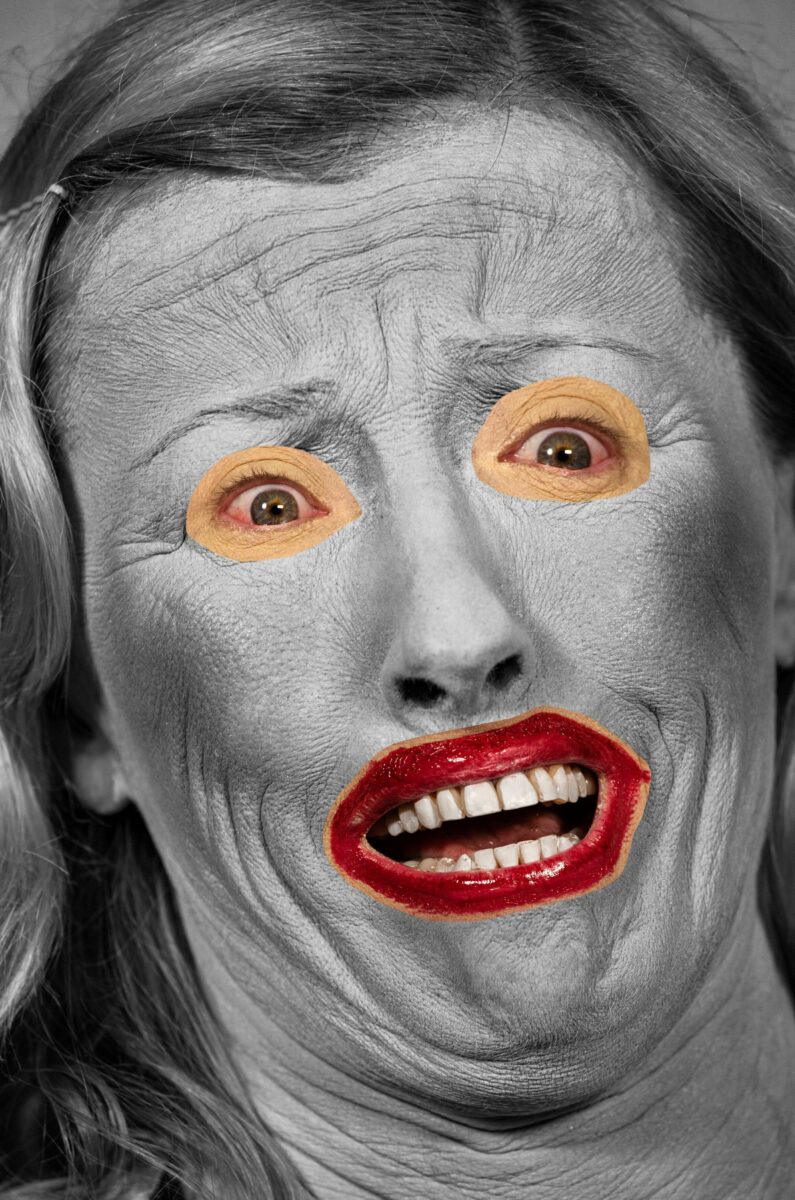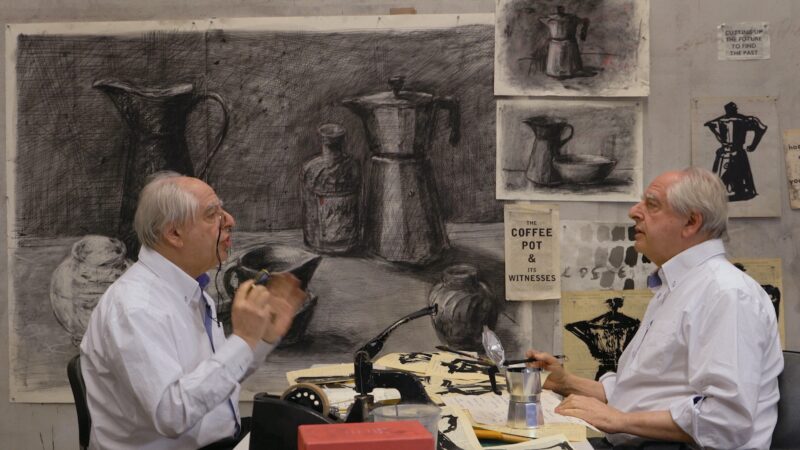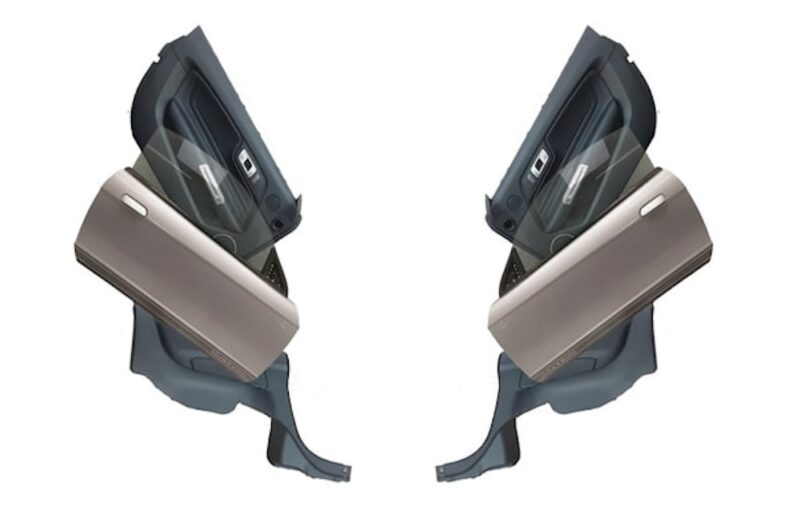
On 18 January 2024, preeminent American artist Cindy Sherman will unveil her latest body of work for the first time in the United States at Hauser & Wirth’s Wooster Street location in New York City.
When I’m shooting, I’m trying to get to a point where I’m basically not recognizing myself. That’s often what it’s about.’
—Cindy Sherman
The exhibition features approximately 30 new works and marks Sherman’s return to the historic SoHo district where, in the late 1970s, she debuted her now iconic Untitled Film Stills at the non- profit Artists Space, launching a career that has established her as one of the most recognized and influential artists of our time. Sherman’s ground-breaking work has probed themes of representation and identity in contemporary media for over four decades. Since the early 2000s, she has constructed personae using digital manipulation, meditating on the increasingly fractured sense of self in 21st century society and continuing an artistic exploration that has uniquely encapsulated her oeuvre since the outset of her career.

In these latest works, Sherman has collaged various elements of her own face to construct entirely new characters, using digital manipulation to emphasize layered details and underscore the malleability of the self. She has removed external context, eschewing any mise-en-scène, to focus completely on the details of the face and head. Here, she combines a digital collaging technique that incorporates both black and white and color photographs with more traditional methods of transformation, like make-up, wigs and costumery, to create a group of unsettling portraits of women who laugh, wince, smirk and grimace at the viewer.
To create these fragmented figures, Sherman photographed isolated sections of her own visage—eyes, nose, lips, skin, hair, ears—and then cut, pasted and warped them onto a foundational image, ultimately constructing, deconstructing and then reconstructing an entirely new face. In the double role of both photographer and model, Sherman continues to upend the typical dynamic between artist and subject. So, while all the images are composites of the artist’s own face, they read as classical portraits. And, despite their layers, Sherman’s final works give a true impression of different individual ‘sitters.’ Tightly cropped, with frames full of hair and contorted expressions, Sherman’s fabricated women disrupt the voyeur-gaze and subject-object binaries associated with longstanding traditions of portraiture.
Like Sherman’s use of prosthetics, the digital manipulation central to this new series exaggerates the tension between identity and artifice. That effect is heightened in works such as ‘Untitled #632’ (2010/2023) and ‘Untitled #654’ (2023), where Sherman combines both black and white and colored sections of the face, highlighting the presence of the artist’s hand and disrupting any perception of reality, while also recalling the hand-colored and hand cut works she made in the 1970s. By employing this layering technique, Sherman creates a site of multiplicity, drawing our attention to the fact that identity is a complex and often constructed human concept that is impossible to capture in a single picture.
CINDY SHERMAN
18 JANUARY – 16 MARCH 2024
NEW YORK, WOOSTER STREET
The exhibition is accompanied by a catalogue produced by Hauser & Wirth Publishers and coincides with the exhibition ‘Cindy Sherman: Anti-Fashion’ at The Deichtorhallen Hamburg, Germany.
About the artist
Born in 1954 in Glen Ridge NJ, Cindy Sherman lives and works in New York NY. Her groundbreaking work has interrogated themes around representation and identity in contemporary media for over four decades. Coming to prominence in the late 1970s with the Pictures Generation group—alongside artists such as Sherrie Levine, Richard Prince and Louise Lawler—Sherman first turned her attention to photography at Buffalo State College where she studied art in the early 1970s. In 1977, shortly after moving to New York City, she began her critically acclaimed series of Untitled Film Stills.
Sherman continued to channel and reconstruct familiar personas known to the collective psyche, often in unsettling ways, and by the mid to late 1980s, the artist’s visual language began to explore the more grotesque aspects of humanity through the lens of horror and the abject, as seen in works such as Fairy Tales (1985) and Disasters (1986-89). These highly visceral images saw the artist introduce visible prostheses and mannequins into her work, which would later be used in series such as Sex Pictures (1992) to add to the layers of artifice in her constructed female identities. Like Sherman’s use of costumes, wigs and makeup, their application would often be left exposed. Her renowned History Portraits, begun in 1988, used these theatrical effects to break, rather than uphold, any sense of illusion. Since the early 2000s, Sherman has used digital technology to further manipulate her cast of characters.
For the artist’s Clown series (2003) she added psychedelic backdrops that are at once playful and menacing, exploring the disparity between the exterior persona and interior psychology of her subject. In her Society Portraits (2008) the artist used a green screen to create grandiose environments for women of the upper echelons of society. These CGI backdrops add to the veneer-like charm of the women that Sherman portrayed, heavily made up and absorbed by societal status in the face of aging. In her series of wall murals from 2010 (installed for her MoMA retrospective in 2012), Sherman features several different characters against a computerized background in ill-fitting wigs, medieval dress and no makeup, instead using photoshop to alter her facial features.
In her Flappers series from 2016, the viewer is confronted with the vulnerability of the aging process in 1920s Hollywood starlets, who pose in the glamorous attire from their prime with exaggerated makeup. In 2017, Sherman began using Instagram to upload portraits that utilize several face-altering apps, morphing the artist into a plethora of protagonists in kaleidoscopic settings. Disorientating and uncanny, the posts highlight the dissociative nature of Instagram from reality.







